If you are looking wholesale lighting solutions, click here.
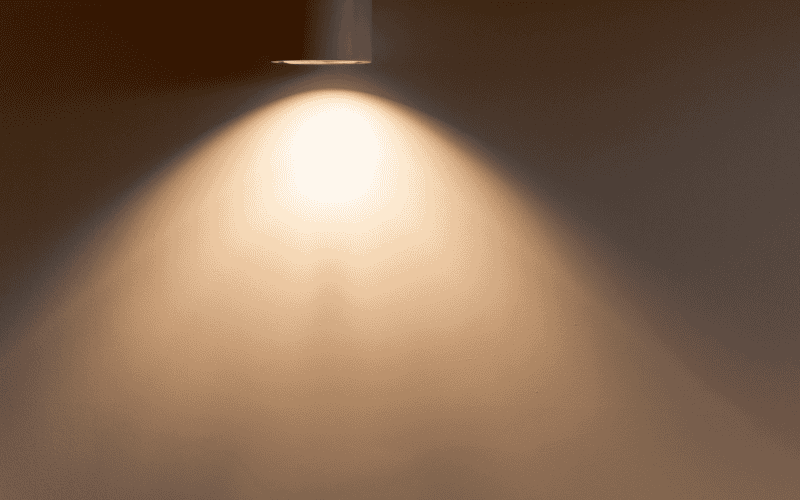
In this blog post, you’ll explore how to choose the best beam angle of light for your space.
Being in the lighting industry for years, we understand the significance of having the right beam angle for any place. We can guide you through picking the right beam angle to create the desired ambiance.
If you are searching about which beam angle of light will suit your space, you are at the right spot.
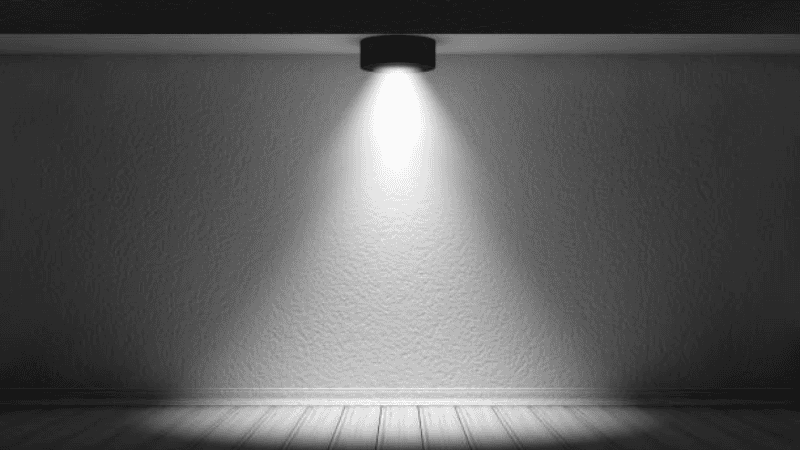
Beam angle refers to the light spread from the source, such as a light bulb. It measures the angle between the points on either side of the light beam where the intensity drops to 50% of the maximum level.
The portion of the light that extends beyond the beam angle is known as “spill light” or “beam field.” This region ends at the point where the intensity of light decreases to 10% of its maximum level.
The beam angle determines how narrow or broad the light is distributed. It determines the area coverage and the light intensity.
A light with a narrow beam spread has less area coverage and high intensity. In contrast, a broader beam angle spreads the light, resulting in wider area coverage and low intensity.
The beam angle is a crucial aspect of creating a well-lit space. Here are some reasons why you should select the right beam angle for your space:
The beam angle is a crucial aspect of determining the effectiveness of a light source. Narrow beam angles have focused lighting, making it ideal for task lighting or highlighting particular features like artwork or architectural details.
The concentrated lighting is directed at the required spots, limiting energy wastage. In contrast, a wide beam angle offers more light dispersion across a vast area. It provides general illumination. It fits larger rooms or open spaces where uniform lighting is necessary.
The right beam angle maximizes energy efficiency by limiting energy consumption and ensures that the space is adequately lit with minimal fixtures.
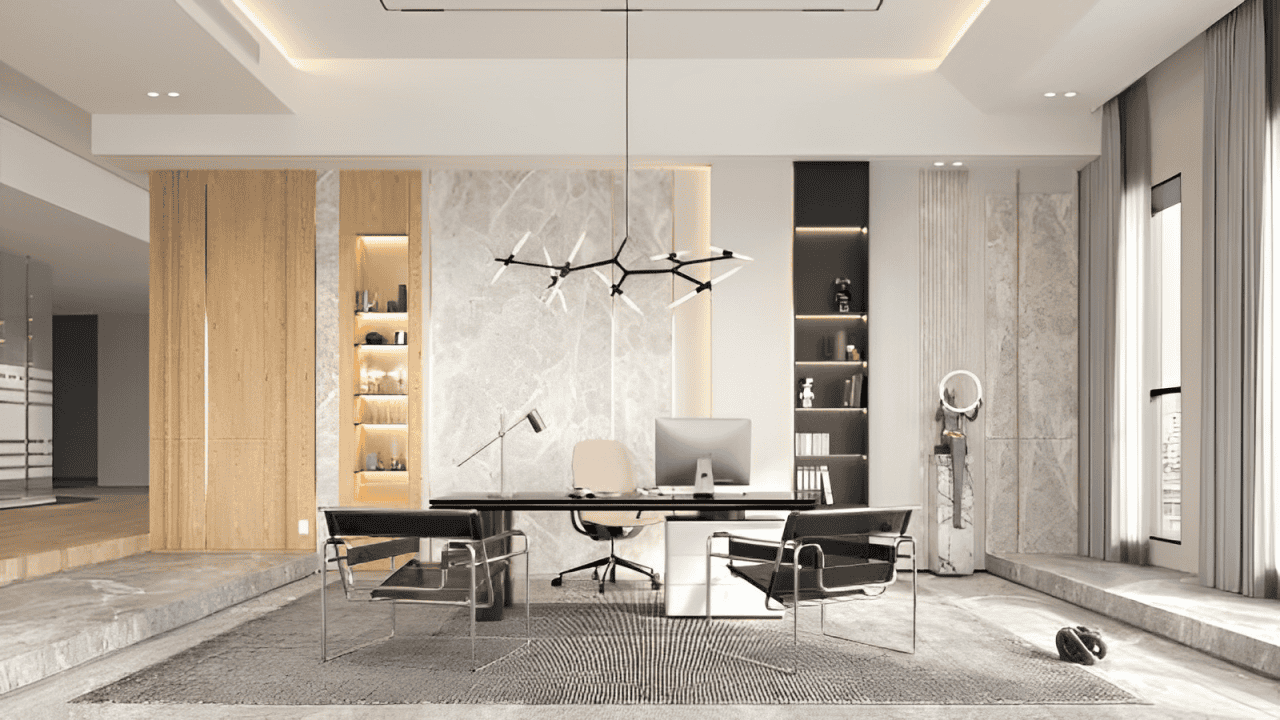
The beam angle not only improves the functioning of the light but also elevates the aesthetics of a space. Different beam angles promote varied vibes. The right beam angle complements the decor of your space and makes it more inviting.
A narrow beam angle evokes a dynamic environment with focused lighting. It creates a dedicated space for task-oriented activities. It is also ideal for drawing attention to specific elements, such as in galleries, retail displays, or featured walls.
A wide beam angle creates a relaxing and soothing environment by dispersing light in all directions. It promotes a welcoming atmosphere. It limits harsh shadow and reduces glare to establish a visually pleasing environment.
The beam angle is a crucial aspect of lighting design. Beam angles have a broad range from narrow to wider beam angles. Understanding them is crucial to pick the right one for your space. Here are the three main categories of beam angles and their brief description:
| Features | Narrow Beam Angles | Medium Beam Angles | Wide Beam Angles |
|---|---|---|---|
| Range of beam angle | 15 and 25 degrees | 40 to 60 degrees | 60 to 120 degrees |
| Lighting type | Focused accent lighting | Balanced lighting between focused and diffused lighting | Diffuse, ambient lighting |
| Area coverage | Limited area coverage | Wider area coverage | Vast area coverage |
| Light Intensity | High intensity | Moderate intensity | Low intensity |
| Application | Highlight products and create a spotlight effect | Indoor lighting, improving security | Illuminate outdoor spaces, large living rooms, and commercial areas |
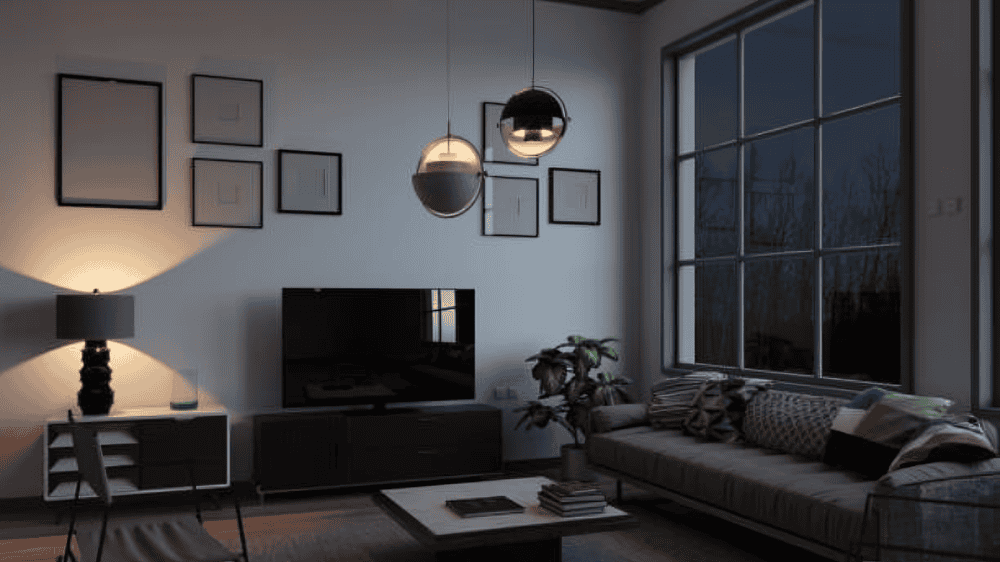
Narrow beam angles fall between the range of 15 and 25 degrees. The light with these beam angles is ideal for accent lighting. These angles have concentrated light that illuminates a certain spot.
It makes them perfect for highlighting specific artwork, decorative elements, and architectural features. You can also light up hallways and signs.
Narrow beam angles create a spotlight effect. They add focus to your space, making it feel more dynamic and visually appealing. The light with narrow beam angles provides task lighting for workspaces.
Its focused lighting improves visibility in specific areas, improving your productivity. In retail environments, narrow beams can highlight products within display cases.
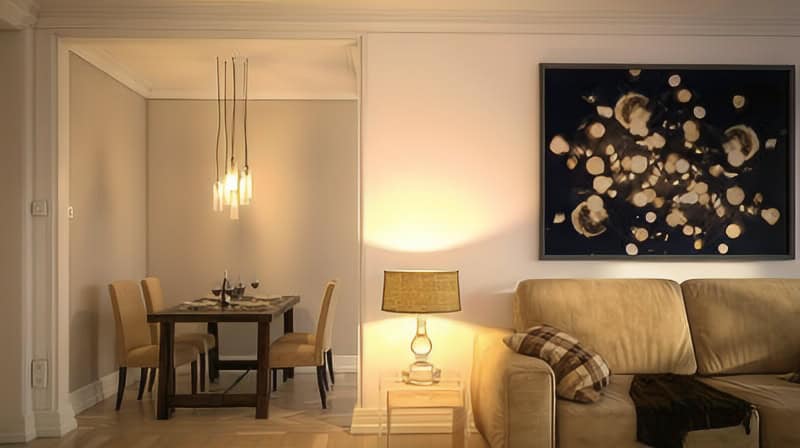
Medium beam angles range from 40 to 60 degrees. These angles offer a balance between focused and diffused lighting. They have a broader illumination effect compared to spotlights.
It makes them perfect for general lighting. They cover a wider area than narrow beam angles and offer some degree of focus. It makes them the best for most indoor applications.
Medium beam angles produce a soft and even light for establishing a comfortable environment. It allows you to perform your tasks efficiently while maintaining a pleasing aesthetic.
Light sources with these angles are perfect for improving security in various areas, including parking lots and public places.
In office environments, medium beam angles offer sufficient illumination for workspaces. They help reduce eye strain and ensure productivity.
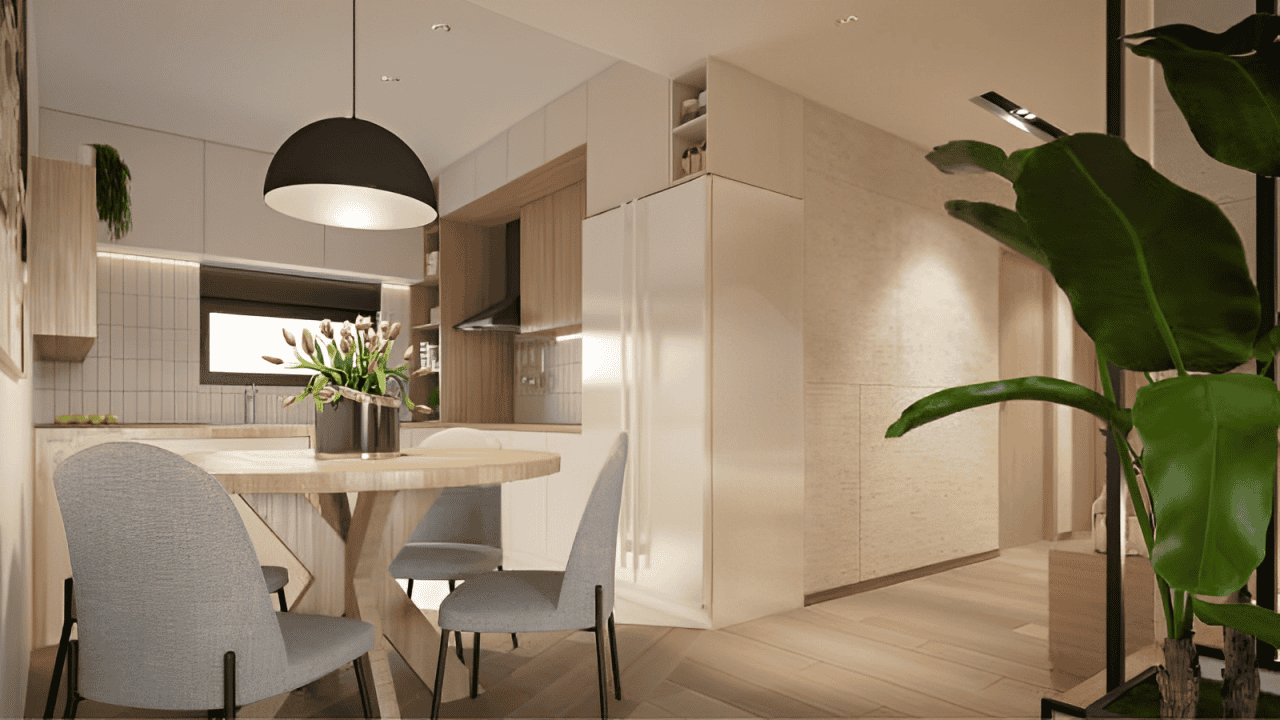
Wide beam angles range from 60 to 120 degrees. These angles distribute light broadly, covering a vast area. Light with wide beam angles offers diffuse lighting that creates uniform brightness throughout the space.
They provide ambient or general lighting in large spaces. They create a soft, welcoming atmosphere in rooms where comfort and visibility are priorities.
Their diffuse light is ideal for outdoor spaces, parks, gardens, or patios. Wide beam angles are perfect for large living rooms or commercial areas where extensive coverage is required.
The choice of a suitable beam angle is crucial as it impacts the ambiance of your space. The following aspects will help you pick a suitable beam angle for your lighting needs:
A single beam angle can’t fit all building types. Different architectural features, unique decors, and exclusive purpose of each space require a particular beam angle. Residential and commercial buildings need varied beam angles.
Residential spaces like homes and apartments often prioritize comfort and ambiance. They need wide beam angles to create uniform illumination. It establishes a warm and inviting atmosphere in your residential settings.
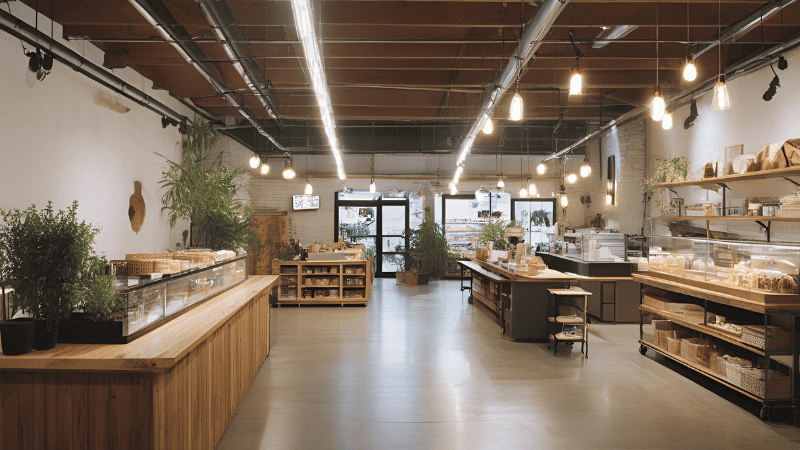
Commercial areas, like cafes, retail stores, and industrial settings require a narrow or medium beam angle. These spaces need focused lighting to improve productivity and boost customer experience.
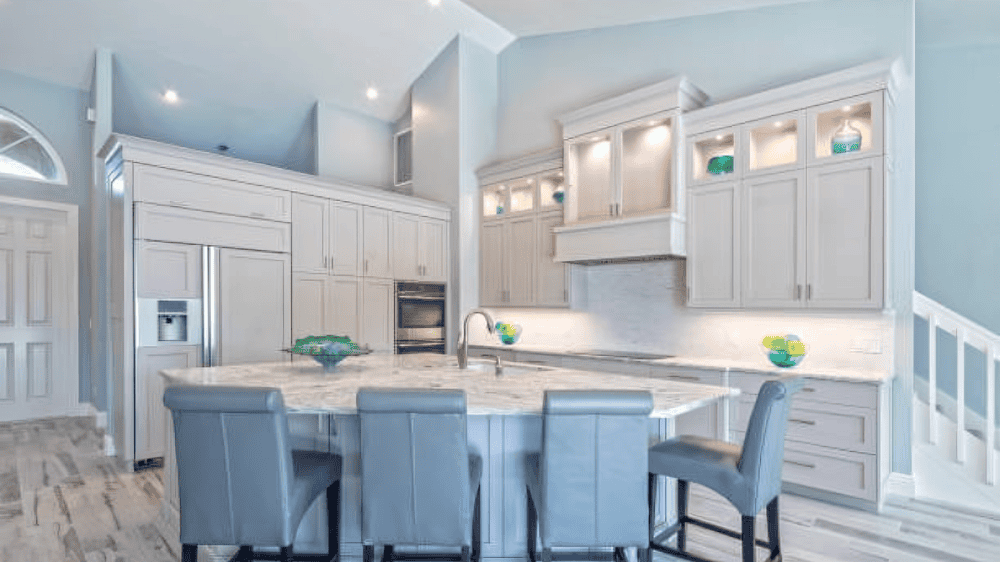
The design and type of light fixture can significantly impact the beam angle. Some light fixtures are manufactured to provide focused lighting. While some are meant to provide diffuse lighting.
Recessed light fixtures direct light downward in a wider beam. They allow light to spread more broadly and evenly throughout a room. It makes them suitable for general ambient lighting.
Chandeliers and pendant lights minimize the light angle and focus the light downward. It makes, them ideal for creating a more concentrated, task-oriented light.
The lighting type you are aiming to achieve also influences the choice of beam angle. The following are three lighting types and their impact on beam angle:
Ambient lighting is intended to provide illumination for your overall space. It requires wider beam angles to ensure that light is evenly dispersed across the room. It creates a well-lit space with minimum shadow. This type of lighting supports general activities.
Task lighting involves focused and oriented lighting. It is utilized for specific purposes and requires narrow beam angles. A narrower beam angle ensures that light is focused precisely on the task area. It provides the necessary brightness without spilling light into surrounding areas.
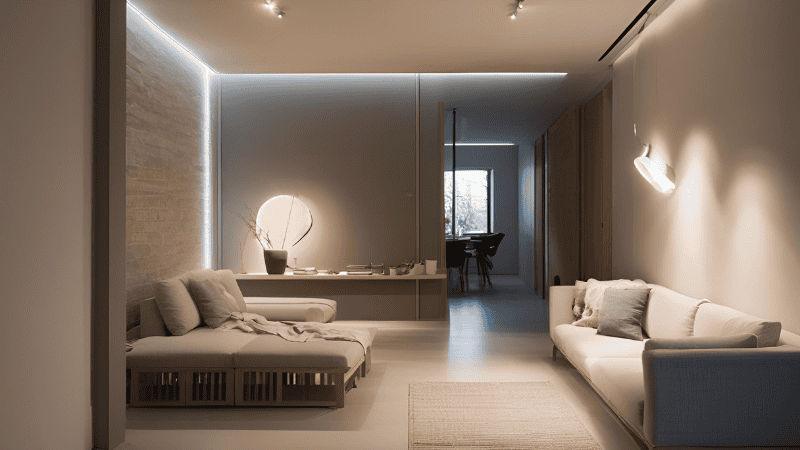
Accent lighting is also focused lighting and highlights particular features or objects within a space. This lighting type involves a narrow beam angle.
The narrow beam angle draws attention to specific elements within your space. It creates dramatic effects by directing intense light on specific spots. It also adds depth to your space, making it more appealing.
Ceiling height affects the distribution of light in a space and light intensity.
Residential spaces have small ceiling heights and wider beam angles are more appropriate for such places. Broader beam angles have a uniform light spread across the space.
It minimizes the overly bright spots. The consistent light throughout the room creates a comfortable environment.
Commercial buildings have high ceilings and employ narrower beam angles. Narrow beam angles ensure that the light reaches the floor with sufficient intensity.
If you use a wide beam angle in spaces with high ceilings, the light will disperse before it reaches the targeted spot. It leads to dim lighting and a lack of focus.
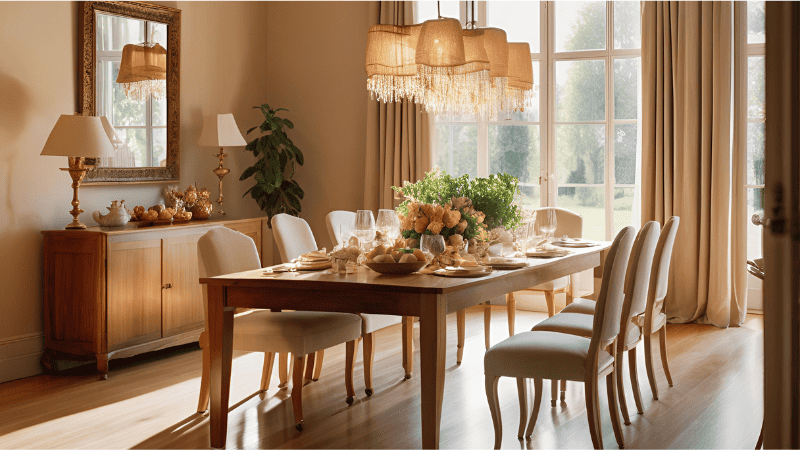
Various types of bulbs disperse light differently. Pear-shaped Type A bulbs are quite common and we all recognize them. They have a wide beam angle. Their pear shape broadly distributes the light, providing ambient lighting.
The innovation in LED technology has widened the range of bulb types. You can find BR (Bulged Reflector), PAR (Parabolic Aluminized Reflector), and MR (Multi-faceted Reflector). These bulb types provide more control over the direction of the light.
BR (Bulged Reflector) bulbs come with a reflective coating. These bulbs have a beam angle of less than 90°. They direct the light in a forward direction. They disperse light and illuminate a wide area.
PAR (Parabolic Aluminized Reflector) bulbs have a parabolic shape that offers a focused beam angle. It directs concentrated light at an angle of less than 45°.
MR (Multi-faceted Reflector) bulbs are known for their narrow and precise beam angle. It offers a sharp, focused beam for task lighting. These light bulbs offer meticulous control over the light beam and provide a beam angle between 45° to 18°.
The quantity of fixtures installed in a space impacts the choice of beam angle. The number of fixtures is interconnected with the brightness level.
If you want to install fewer light units in your space, opt for wide beam angles. Their dispersed light will cover a larger area.
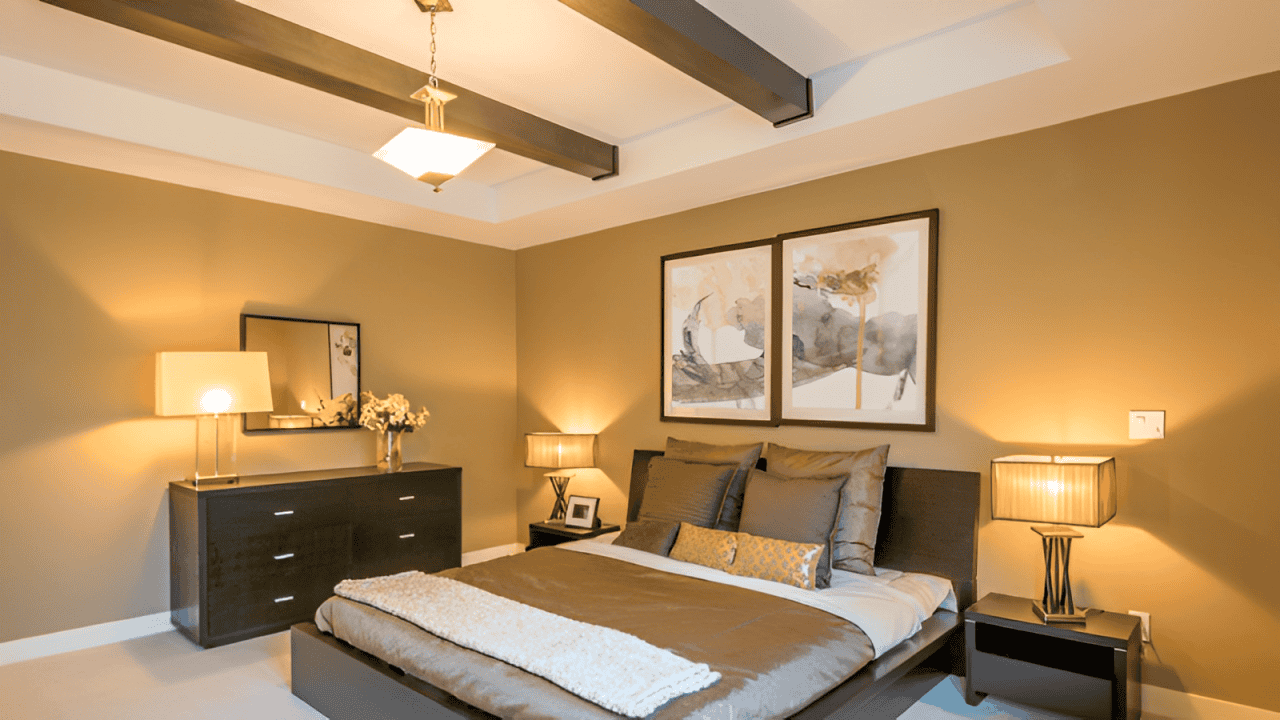
Their combined effect will ensure the space is evenly lit without leaving dark spots. Fewer lights with wider beam angles are useful for creating overall brightness in areas, like kitchens and living rooms.
In contrast, if you are planning to install multiple light fixtures, you can use various beam angles. You need to determine your requirement for brightness level before you pick narrow or wide beam angles. However, narrow beam angles are the best choice.
They create light pockets that highlight particular areas. You can also use wider beam angles when opting for multiple light fixtures. Wider beams fill in the general space, creating a balanced and well-lit environment.
A balance between light intensity and area coverage is imperative for picking the most suitable beam angle for your space.
A concentrated beam increases light intensity, offering focused illumination. It is ideal for places where you need light on specific areas.
However, the high intensity of light limits the beam angle. It limits its application to wider areas that are needed to be well-lit.
In contrast, wider beam angles offer broader coverage, making it ideal for general room lighting or areas that need to be evenly lit.
However, the wider beam angle limits the light intensity. Low-intensity light is often not sufficient for task-oriented places.
You need to balance the light intensity and area coverage to maintain the light for the purpose of your space and lighting needs.
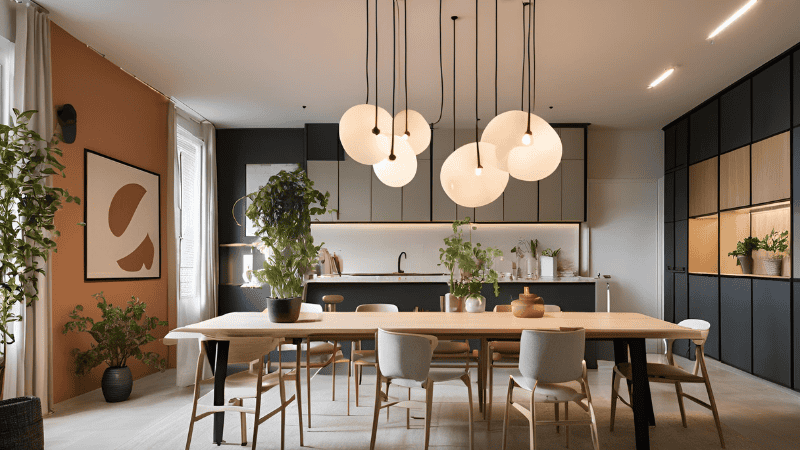
You need to consider several factors when choosing the right light beam angle. Consider the purpose and the area you want to illuminate. It will help you determine your lighting requirements.
Pay attention to the building type, type of light fixtures, and ceiling height of your space. You also need to consider the type of bulbs and number of light fixtures you want to install in your space.
In addition, balance the area coverage and light intensity to meet the lighting requirements of your space.
The angle for spotlights falls in a range between 10° and 40°. These narrow beam angles focus light on specific areas, creating a dramatic effect.
The choice within this range depends on your desired focus level. If you want to concentrate intense light on a particular spot, a light with a beam angle of 10° is best.
However, if you want broader area coverage, you should opt for light with a beam angle of 40°.
A 40-degree beam angle means that the light will spread out over a 40° angle from the source. This provides a balance between focused and diffused light, making it suitable for both accent and general lighting.
It’s wide enough to cover a moderate area while still providing some focus, making it versatile for various applications.
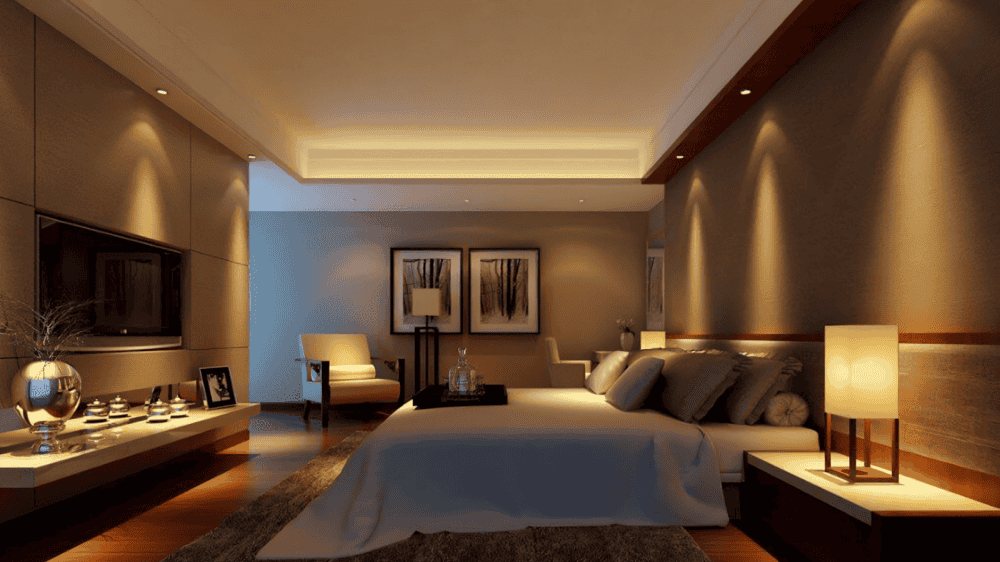
Most LED lights have a beam angle between 90° and 120°, making them suitable for general lighting purposes. This range provides a wide distribution of light, ensuring broad, even coverage across a space.
LED lights with these beam angles are ideal for illuminating larger areas, such as living rooms, kitchens, or offices, where diffuse lighting is needed to minimize shadows and create a comfortable environment.
In conclusion, beam angle is a crucial factor in achieving the right lighting for any space. From narrow beams for focused highlights to wide beams for general illumination, each angle serves a unique purpose.
Narrow angles create dramatic effects by focusing on specific areas, medium angles balance light intensity and coverage for a comfortable environment, and wide angles provide diffuse light ideal for open spaces.
When choosing the best beam angle, consider factors like building type, fixture style, bulb type, and the desired lighting effect. Striking the right balance between area coverage and light intensity is key to creating effective visibility.
Ready to find the perfect lighting solution for your space? Evaluate your needs and let us know your choice—we’re here to help illuminate your vision!
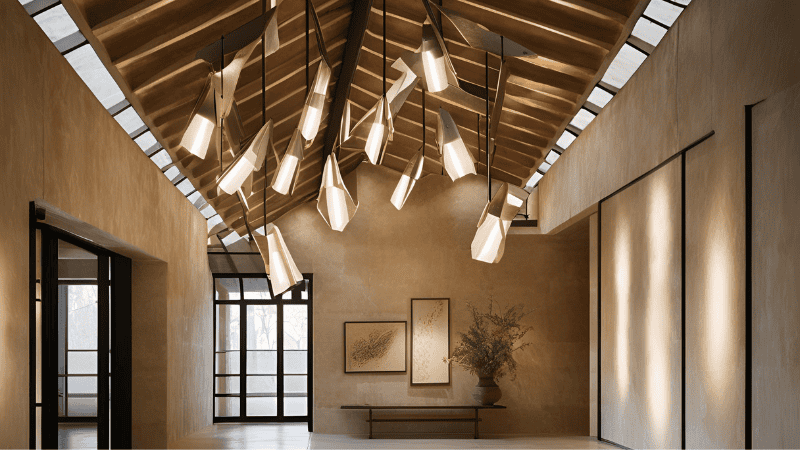
If you’re looking for high-quality lighting solutions with the perfect beam angle for your business or wholesale needs, Risun is your trusted partner. We specialize in delivering tailored lighting solutions that meet your specific requirements.
Contact us today to explore our extensive product range and discover how we can help illuminate your projects with precision and efficiency. Let’s work together to light up your space seamlessly!
Comprehensive Lighting Solutions for MRO Wholesalers and Professionals
send your inquiry
Hi, I'm the author of this post, and I have been in this field for more than 15 years. If you want to wholesale lighting fixtures or lighting related product, feel free to ask me any questions.
Learn More >>Download our catalog to view all of our lighting products.
Ready to get started ?
Send Your InquiryOur team will get back to you promptly

please
download
Get notified about new products
Our team will get back to you promptly!
Add your first comment to this post